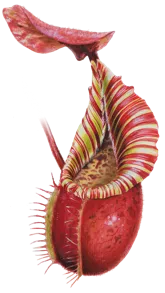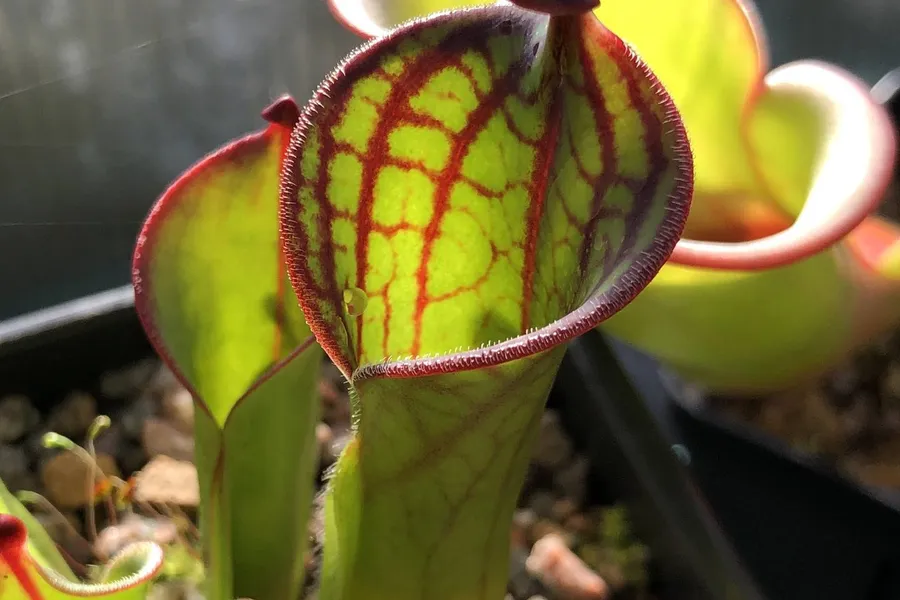Today I’m very pleased to be welcoming David Durie to the blog. David is owner and operator of Scotland-based carnivorous plant nursery Alba Exotics. I met David through Instagram, and he kindly volunteered to share his growing experiences in a Q&A here on the blog. You can expect to see more of David and his plants on the blog in the near future!
Be sure to subscribe to Tom’s Carnivores for more articles like this. I’d also very interested to hear from readers as to what you want to see on the site - well over 1000 of you now subscribe, so I must be doing something right, but I’d love to know what you enjoy, what you’d like more of, and so on. Get in touch via email. Thanks, and enjoy!
TB: How did you first discover carnivorous plants?
DD: I became interested in carnivorous plants at 14, when I saw a small Drosera aliciae for sale in Morrisons! After about three weeks I’d managed to collect four or five different plants and all were struggling in my north-facing bedroom. I was lucky enough to stumble upon a copy of Adrian Slack’s 1979 ‘Carnivorous Plants’ for about £3 so immediately bought it.
It’s really Slack I have to thank for being able to grow anything well at all, and for my continued interest in the hobby. After 3 years I had collected a few hundred plants. At this point my collection mostly consisted of Sarracenia, Drosera, terrestrial Utricularia, and Pinguicula. I had a few Nepenthes but ended up cooking these in an upright 4 tier plastic mini greenhouse (or as I now refer to them, plant coffins!).
The winter of 2010 and my subsequent relocation to Slovakia for an ill-fated year of veterinary studies reduced my collection of hundreds to a handful of sickly specimens at most. When I came back, I began studies in English literature at Stirling, and started a small collection of Nepenthes in a terrarium on my windowsill. This quickly filled, and when I moved back home I invested in a second-hand greenhouse.
I had a few duplicates by this point so began selling off spares - the money from which I used to buy more plants of course! As this became more and more profitable, I decided to put more time and effort in, and Alba Exotics evolved.
In the last few years I have bought a second greenhouse for highland plants, become a Wistuba distributor, and import plants from BCP and Dutch nurseries. Unfortunately, due to Brexit it may be that this venture is no longer practical to pursue, so we shall have to wait and see. I would be extremely sad to shut Alba Exotics down, but politics may leave me little choice!
Click on any photo to zoom in. Use arrow keys or swipe to navigate.
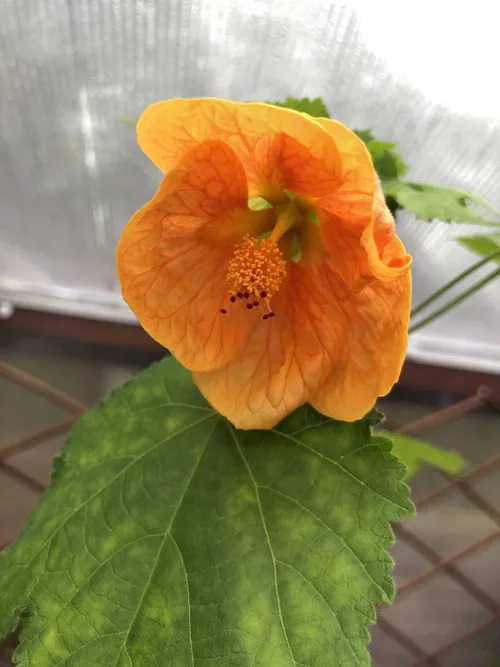 01 Abutilon "marion"
01 Abutilon "marion" 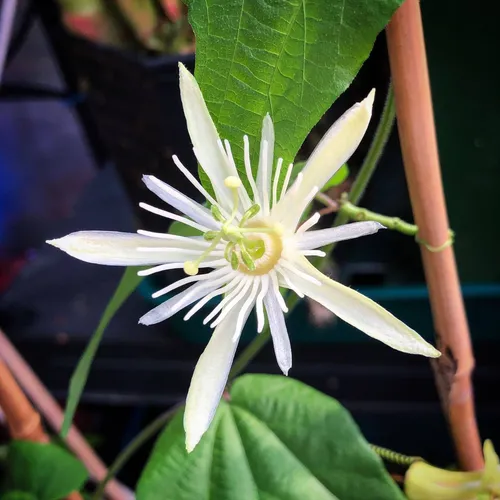 02 Passiflora capsularis
02 Passiflora capsularis 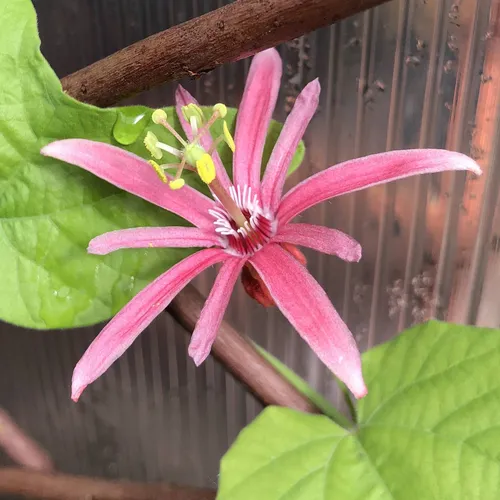 03 Passiflora sanguinolenta
03 Passiflora sanguinolenta 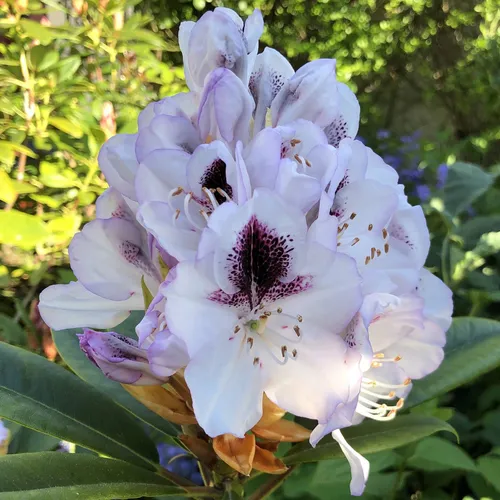 04 Rhododendron "Sappho"
04 Rhododendron "Sappho" 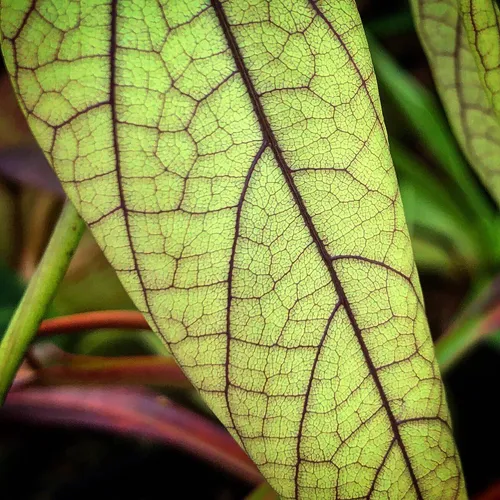 05 Strongylodon macrobotrys
05 Strongylodon macrobotrys 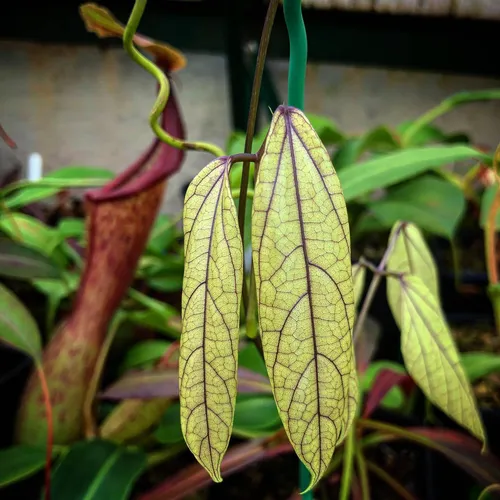 06 Strongylodon macrobotrys
06 Strongylodon macrobotrys 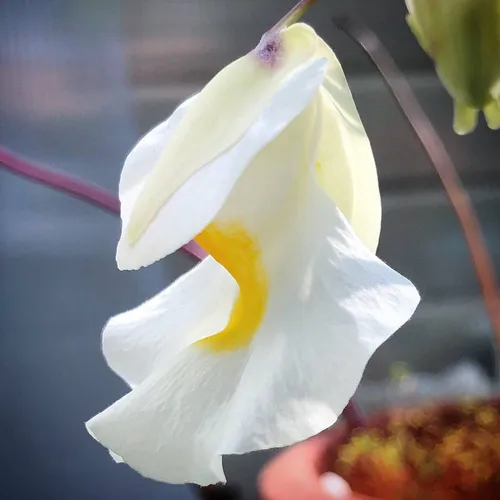 07 Utricularia alpina
07 Utricularia alpina 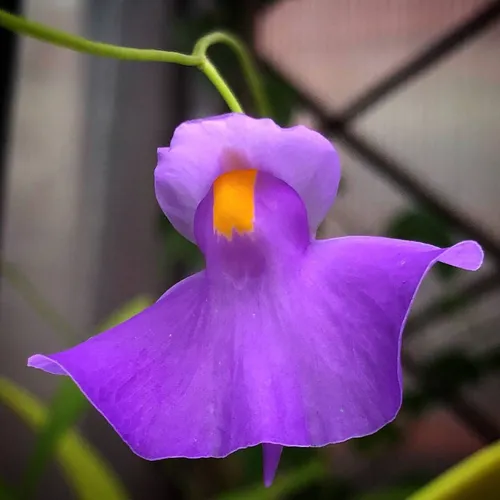 08 Utricularia longifolia
08 Utricularia longifolia 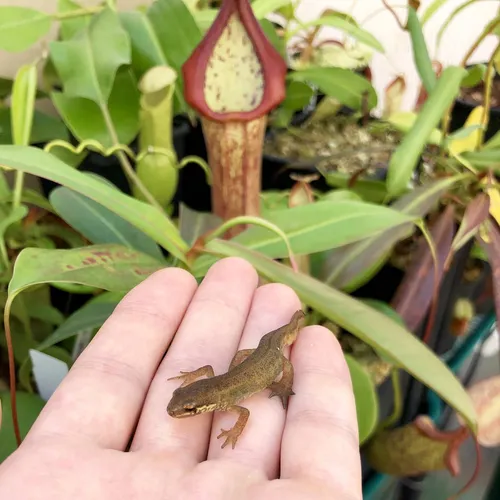 09 Newton the newt
09 Newton the newt 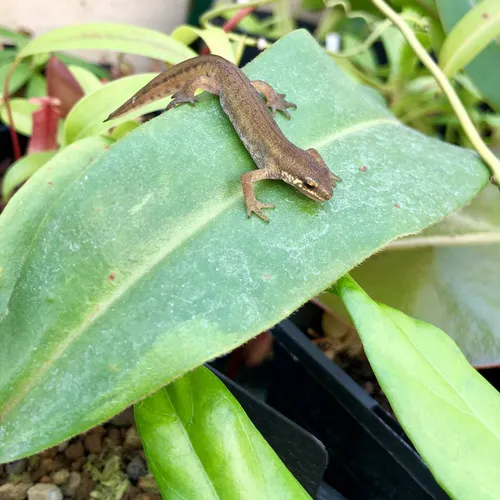 10 Newton the newt
10 Newton the newt 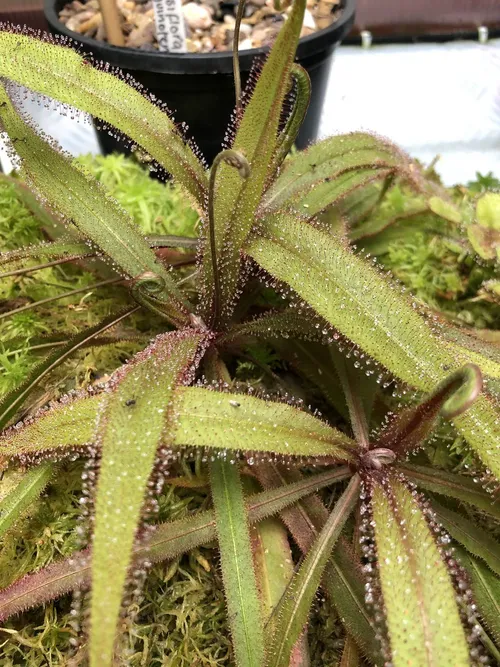 11 Drosera adelae
11 Drosera adelae 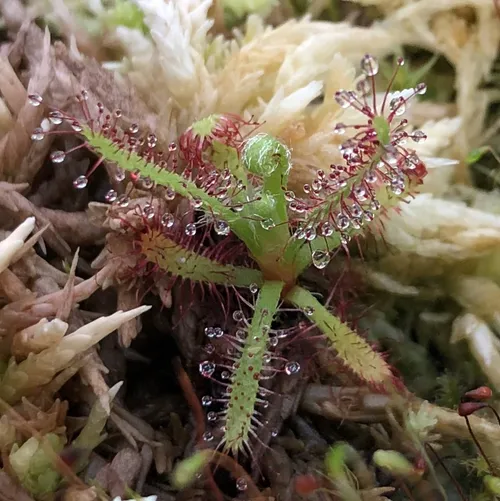 12 Drosera magnifica
12 Drosera magnifica 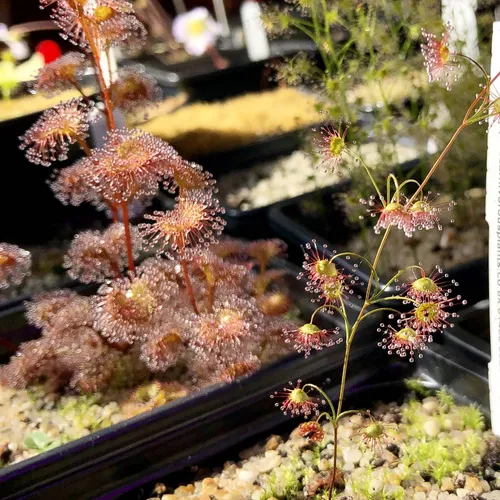 13 Drosera modesta
13 Drosera modesta 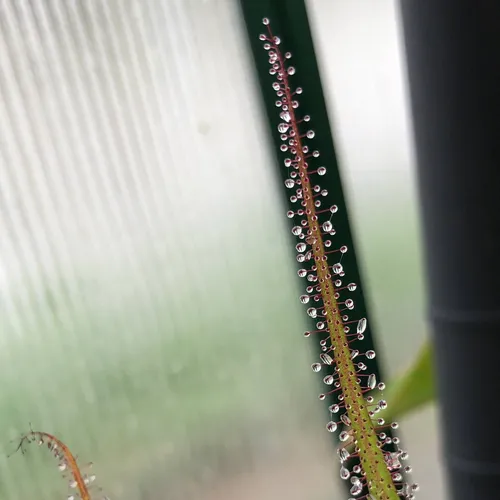 14 Drosera regia
14 Drosera regia 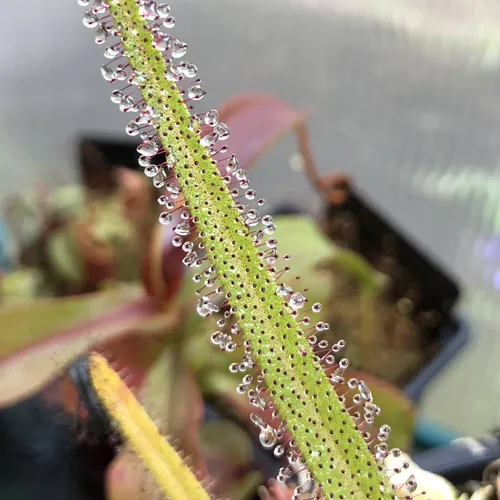 15 Drosera regia
15 Drosera regia 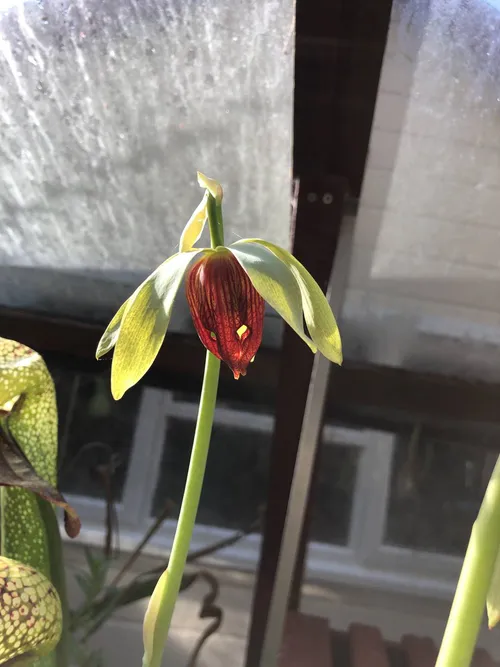 16 Darlingtonia flower
16 Darlingtonia flower You mentioned that you have a greenhouse for highland plants. Could you summarise your setup? How does it hold up against the Scottish winters?
I started out with a wood greenhouse for my highland plants, and despite being well-treated wood, it quickly became clear that wood simply would not last long in 25°C heat with 80% humidity! I very quickly moved the highland plants in to a greenhouse made of twin wall polycarbonate and aluminium. This is against a white external wall which helps provide some protection in high winds (I live less than half a mile from the sea), however it does unfortunately mean one less side for light to enter.
As the greenhouse isn’t particularly large, I’ve decided to take a ‘factory farming’ approach and install grow lights under all the benches to double the growing area. This has worked marvellously well in that it gives me a second microclimate to work with. On this lower, cooler level (by a good 3-5°C at times), I put my recently repotted plants so they can recover for a few days, and also permanently grow plants there which prefer cooler temperatures such as N. villosa, N. densiflora, D. magnifica, etc. I think being aware of one’s microclimates and being able to effectively take advantage of them is extremely important.
Click on any photo to zoom in. Use arrow keys or swipe to navigate.
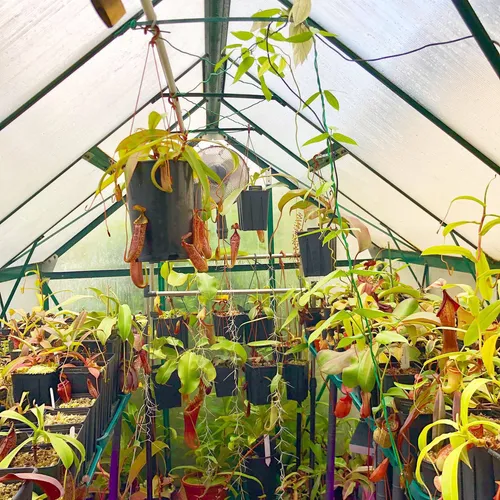 01 The Alba Exotics highland house
01 The Alba Exotics highland house 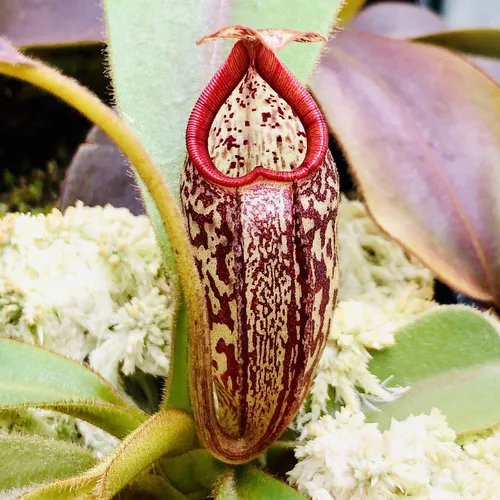 02 Nepenthes aristolochioides x burbidgeae
02 Nepenthes aristolochioides x burbidgeae 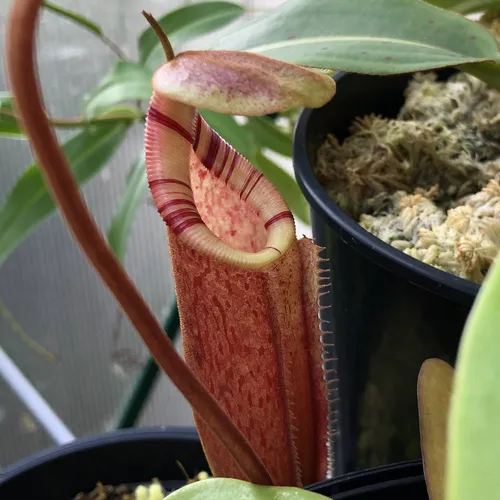 03 Nepenthes burbidgeae x x trusmadiensis
03 Nepenthes burbidgeae x x trusmadiensis 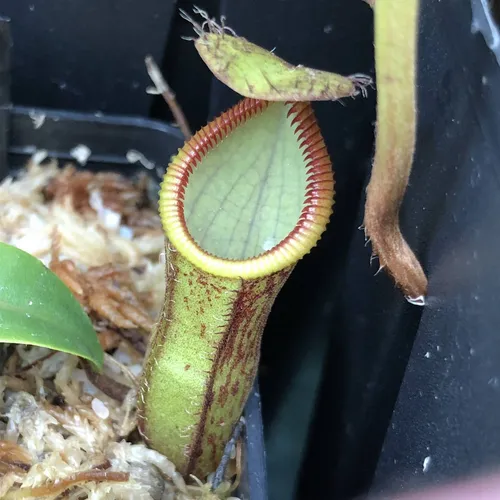 04 Nepenthes campanulata x hamata AW
04 Nepenthes campanulata x hamata AW 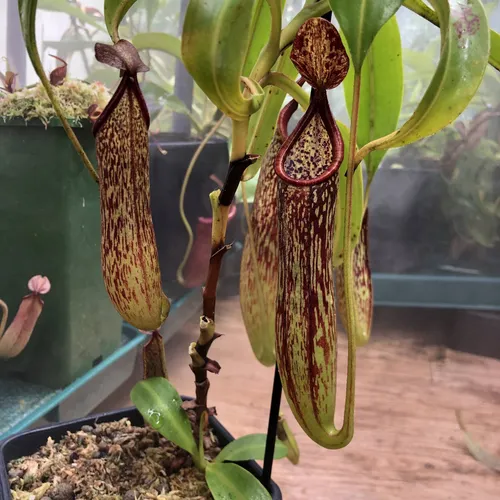 05 Nepenthes copelandii BE
05 Nepenthes copelandii BE 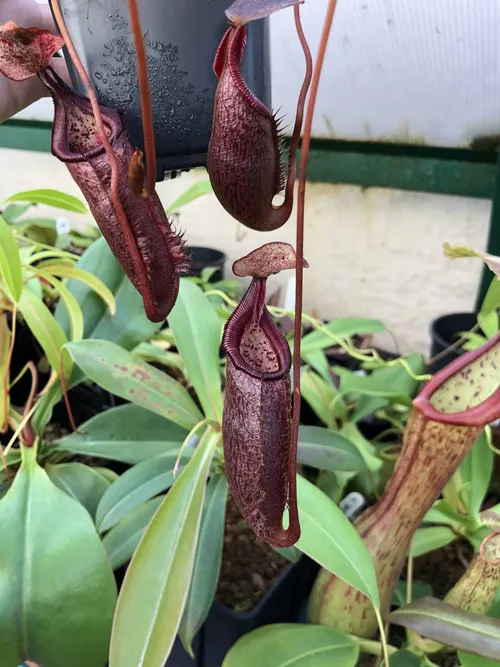 06 Nepenthes densiflora AW
06 Nepenthes densiflora AW 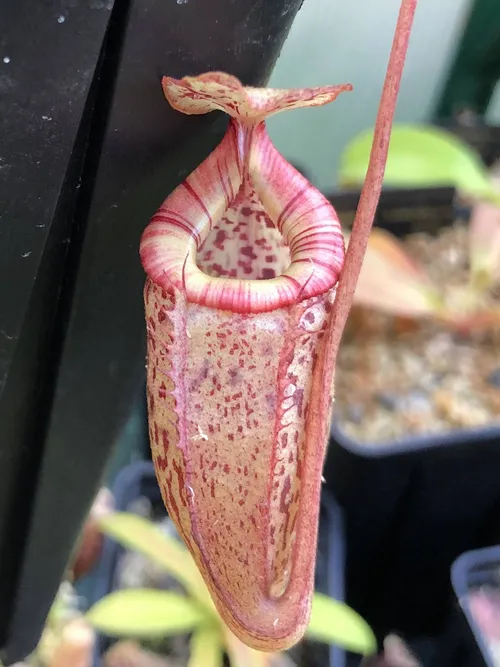 07 Nepenthes flava x burbidgeae MS
07 Nepenthes flava x burbidgeae MS .BLZQOYZD_Z2sKIMX.webp) 08 Nepenthes fusca (variegated)
08 Nepenthes fusca (variegated) 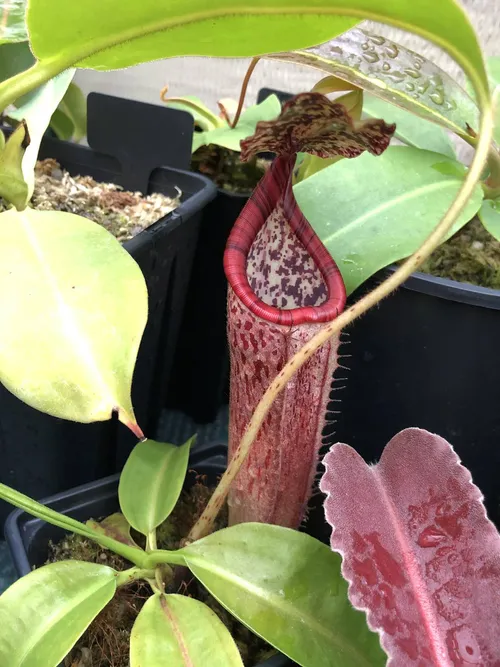 09 Nepenthes glandulifera x burbidgeae BE
09 Nepenthes glandulifera x burbidgeae BE 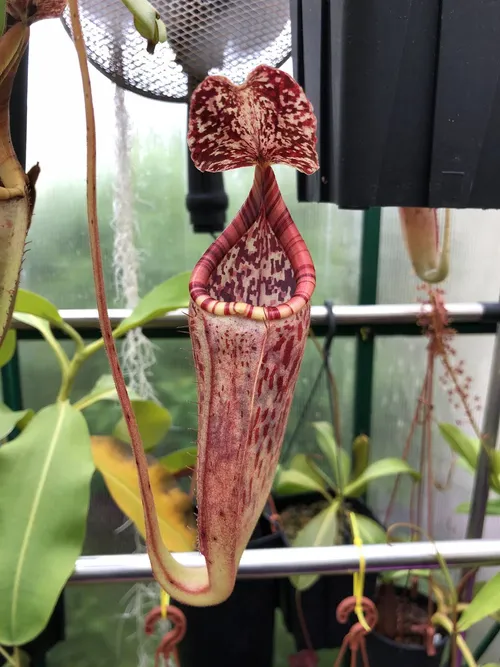 10 Nepenthes glandulifera x burbidgeae BE
10 Nepenthes glandulifera x burbidgeae BE 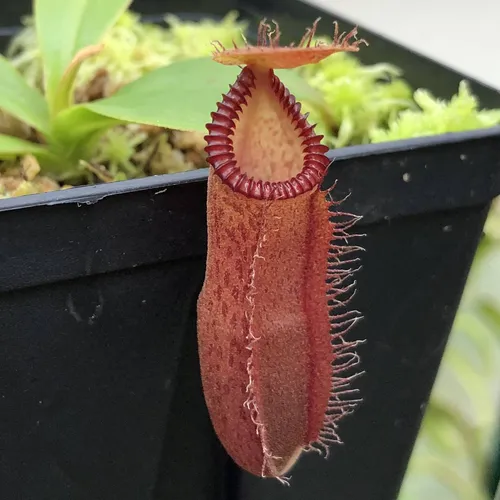 11 Nepenthes hamata x edwardsiana
11 Nepenthes hamata x edwardsiana 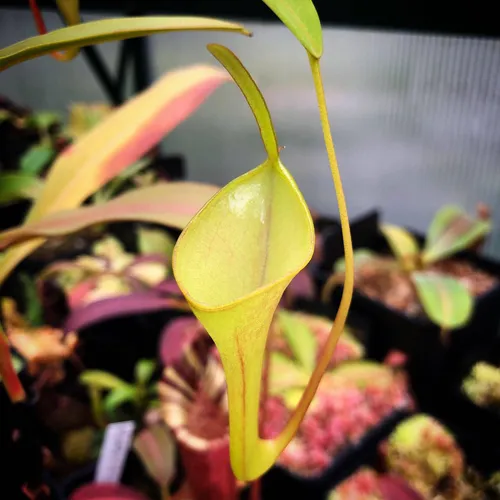 12 Nepenthes inermis
12 Nepenthes inermis 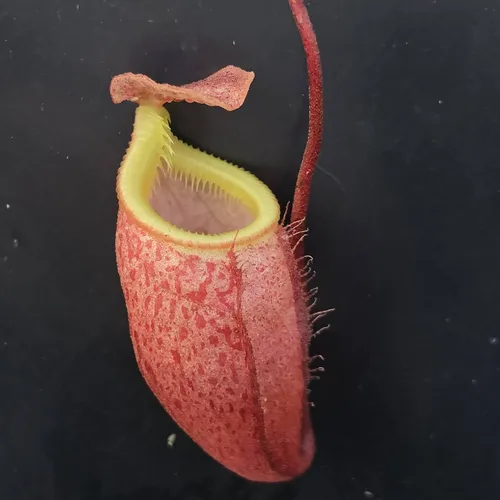 13 Nepenthes leonardoi
13 Nepenthes leonardoi 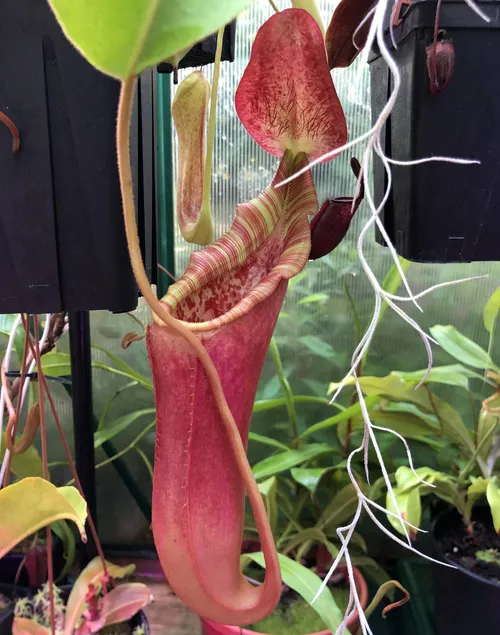 14 Nepenthes lowii x veitchii
14 Nepenthes lowii x veitchii 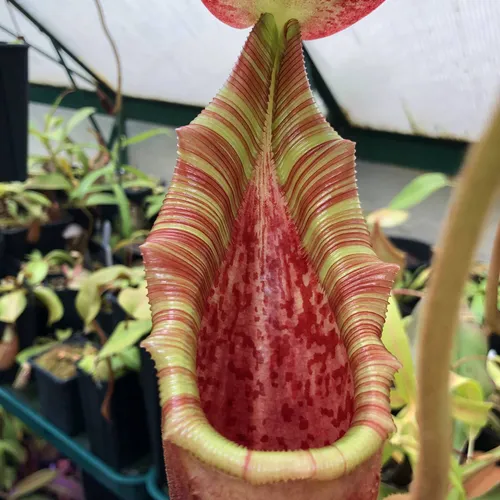 15 Nepenthes lowii x veitchii
15 Nepenthes lowii x veitchii 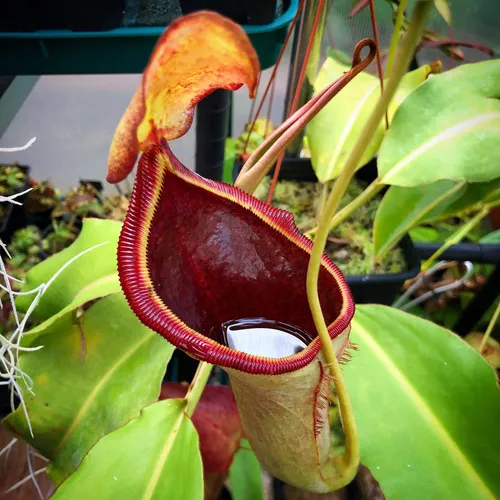 16 Nepenthes lowii x campanulata
16 Nepenthes lowii x campanulata 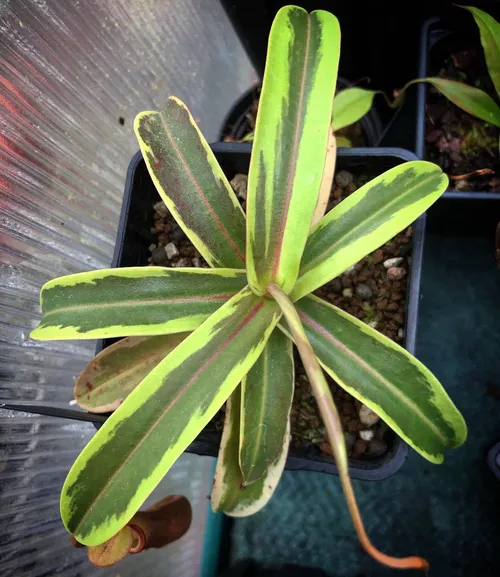 17 Nepenthes mapaluensis x ventricosa
17 Nepenthes mapaluensis x ventricosa 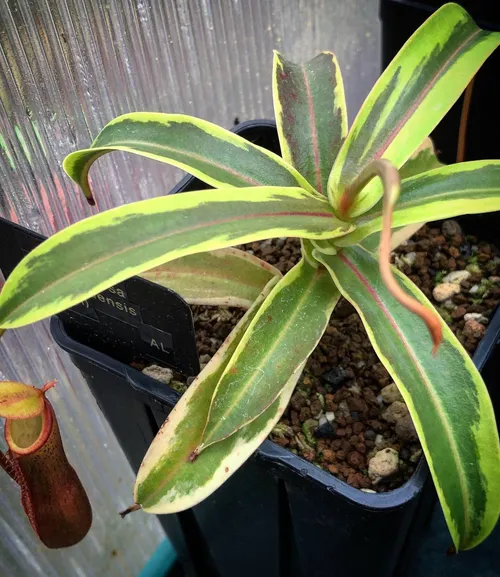 18 Nepenthes mapaluensis x ventricosa
18 Nepenthes mapaluensis x ventricosa 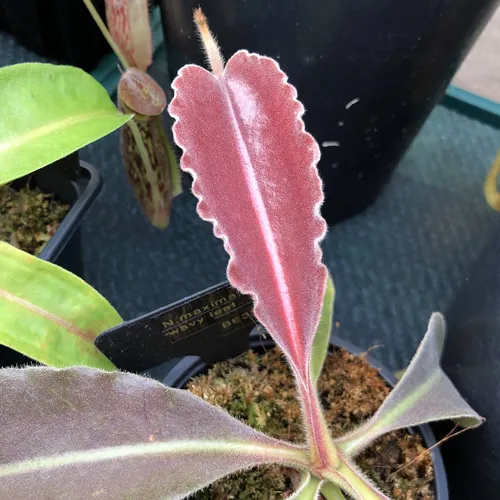 19 Nepenthes maxima, wavy leaf BE
19 Nepenthes maxima, wavy leaf BE 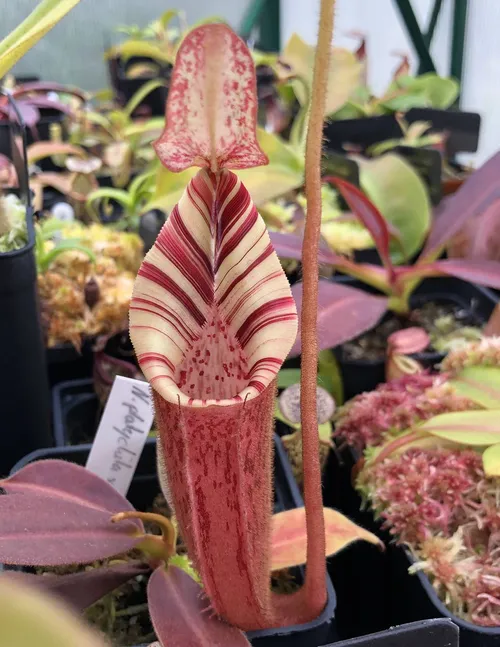 20 Nepenthes mollis x veitchii CK
20 Nepenthes mollis x veitchii CK 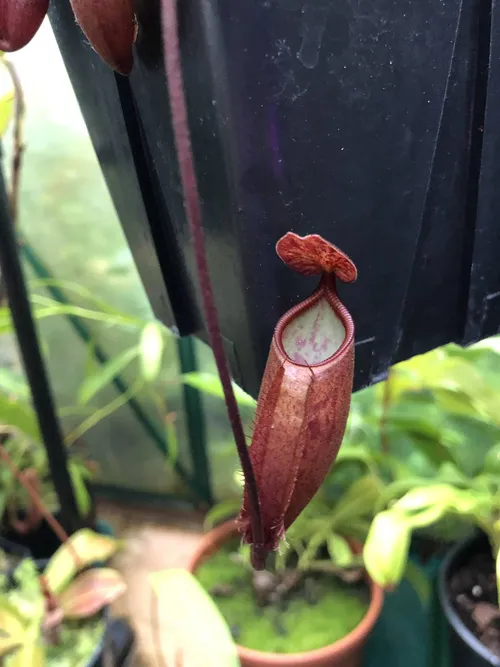 21 Nepenthes palawanensis BE
21 Nepenthes palawanensis BE 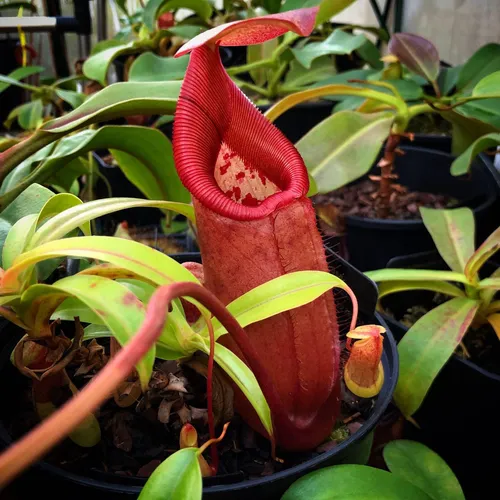 22 Nepenthes robcantleyi x sibuyanensis
22 Nepenthes robcantleyi x sibuyanensis 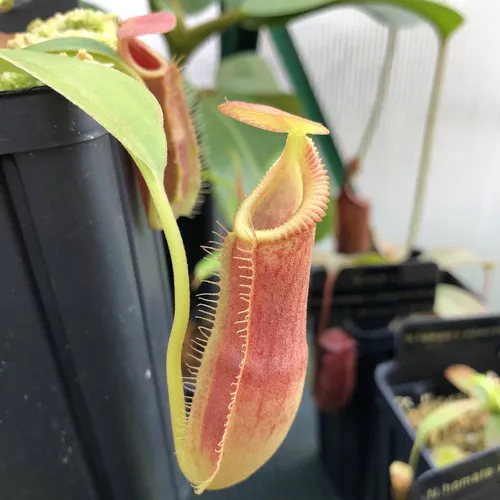 23 Nepenthes spathulata x edwardsiana
23 Nepenthes spathulata x edwardsiana 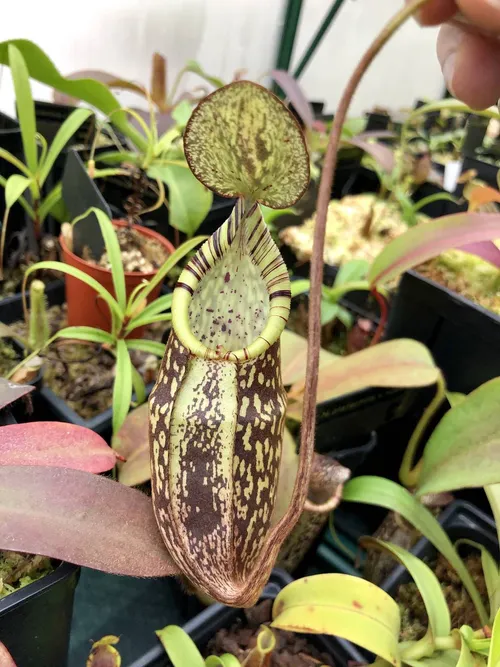 24 Nepenthes spectabilis "giant"
24 Nepenthes spectabilis "giant" 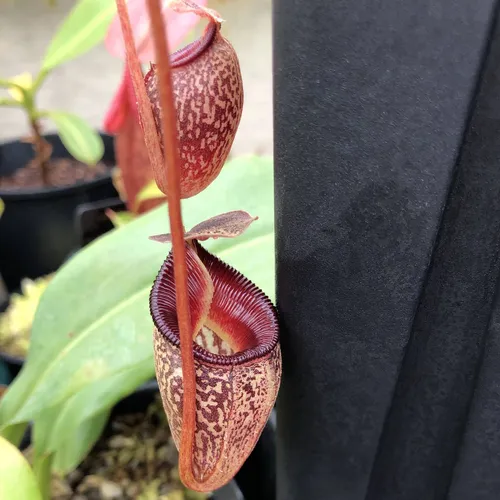 25 Nepenthes talangensis AW
25 Nepenthes talangensis AW 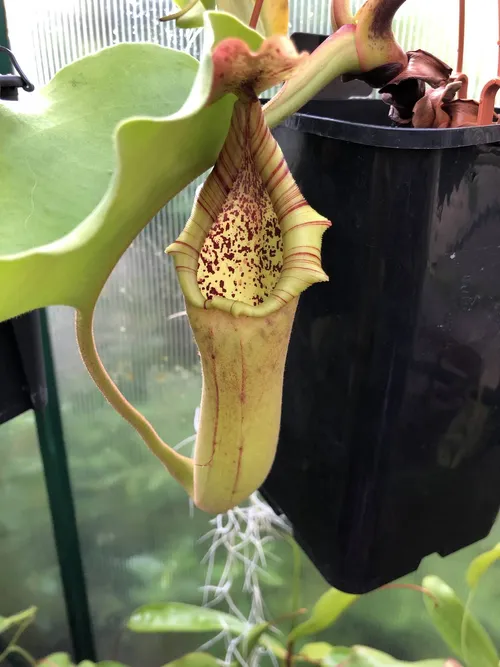 26 Nepenthes truncata
26 Nepenthes truncata 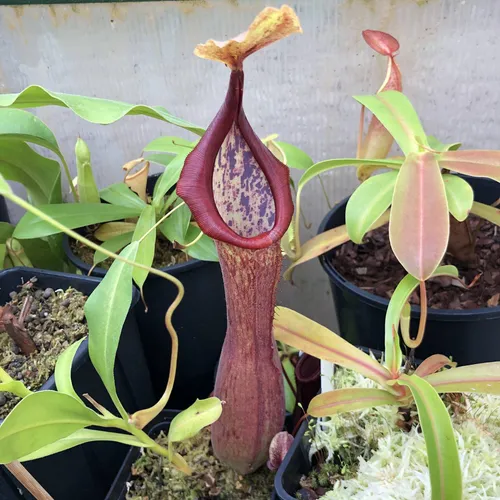 27 Nepenthes truncata x alata giant
27 Nepenthes truncata x alata giant 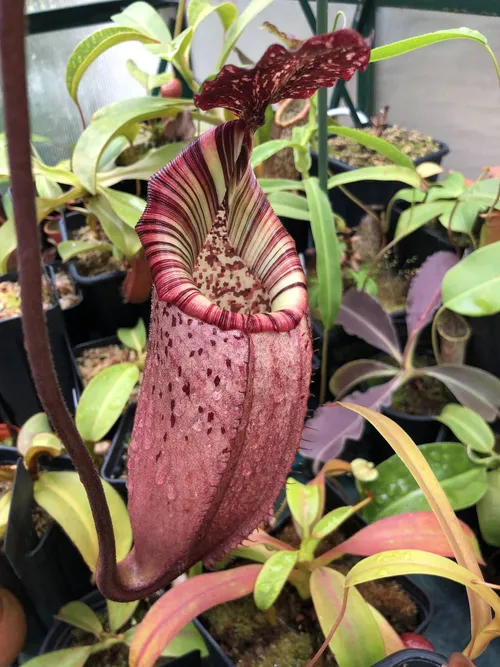 28 Nepenthes veitchii x burbidgeae EP
28 Nepenthes veitchii x burbidgeae EP 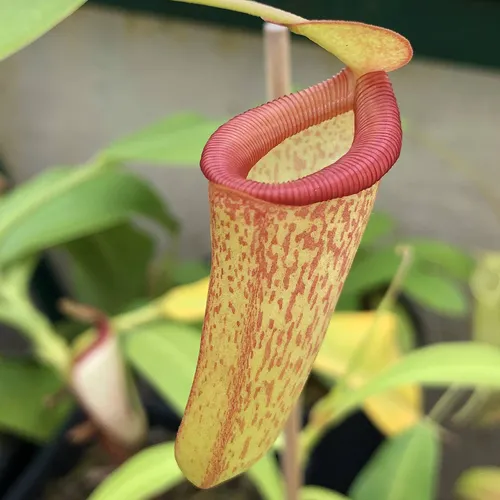 29 Nepenthes ventricosa x inermis
29 Nepenthes ventricosa x inermis 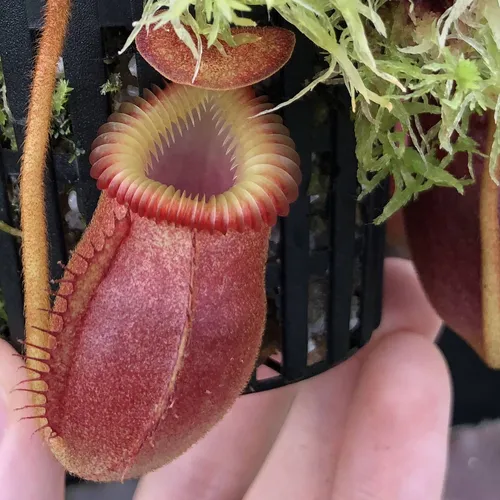 30 Nepenthes villosa BE
30 Nepenthes villosa BE 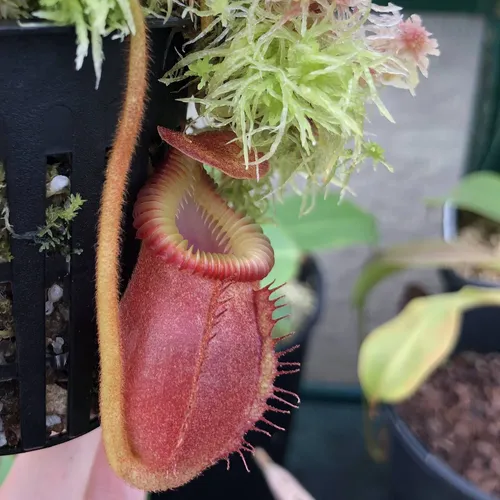 31 Nepenthes villosa BE
31 Nepenthes villosa BE Winter is always the biggest challenge as the top benches only get natural light - of which there is comparatively little up North - and heat moves out the greenhouse faster. This in turn means that the radiator comes on more often, which causes humidity to drop. At the moment I’m just using a room humidifier set to 80% to control humidity. I also have a night/day temperature controller set for 14°C nights and 25°C days. In the winter I use large bubble wrap to insulate further. In the summer I rarely need to cool the greenhouse down (summer in Scotland just means the rain gets a bit warmer), but when I do, I just put a shade cloth over the greenhouse and open the roof vents.
I have tried using water butts to store rain, however I inevitably find that in the summer I run out, and in the winter it ends up going stagnant, so now I use a reverse osmosis filter from a tropical fish shop that attaches to my garden tap. I do know that a number of people in the SCPS (Scottish Carnivorous Plant Society) use tap water as the water up here is very low in dissolved minerals.
I know Alba sells a wide range of genera, but is your personal collection geared around any particular one? And do you lean towards species or hybrids, or do you enjoy both?
At the moment I’m growing all known carnivorous genera with the exception of Aldrovanda which I have killed twice, Philcoxia which I would be intrigued to grow, and Triphyophyllum (of course). My collection is much more focused around Nepenthes and Heliamphora, and I would say this is in no small part due to the conditions of where I live. My attempts at growing Sarracenia are inevitably never as impressive as those grown further down South - I simply do not get enough sun to truly bring out their best. This year I have grown a selection outdoors since April, and these have fared much better. I love Drosera, particularly tuberous and tropical ones. I’m currently working on expanding my collection of tuberous Drosera.
My collection of Nepenthes is probably the most expansive part of my collection, and one whole greenhouse is devoted to them, along with a second smaller one on the way for my lowland collection which has outgrown the commercial fish tank they are in.
Click on any photo to zoom in. Use arrow keys or swipe to navigate.
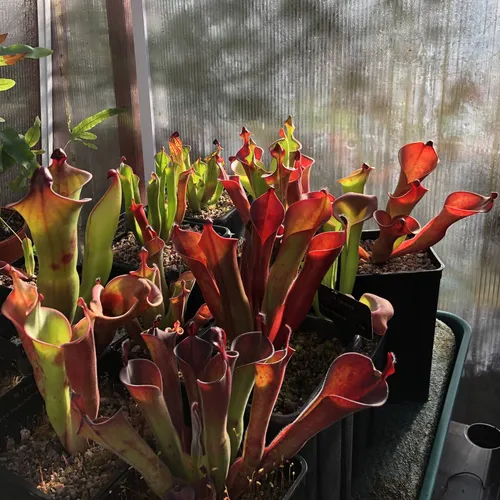 01 The Alba Exotics Heliamphora house
01 The Alba Exotics Heliamphora house 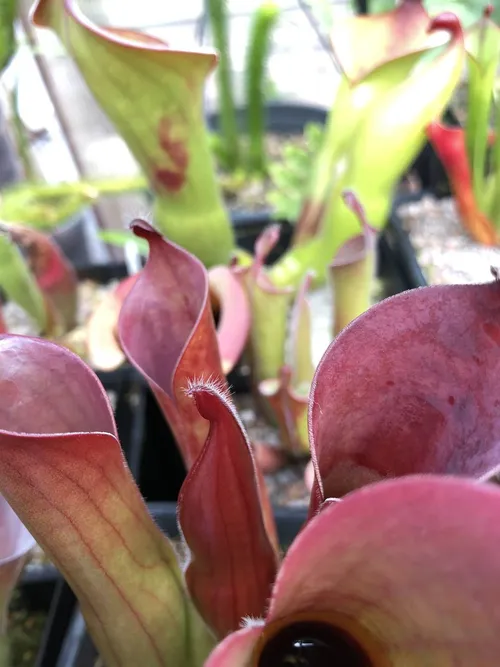 02 Heliamphora ceracea AW
02 Heliamphora ceracea AW 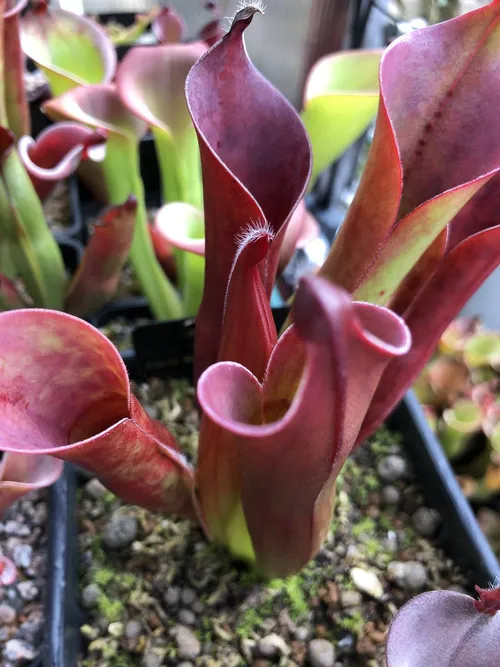 03 Heliamphora ceracea AW
03 Heliamphora ceracea AW 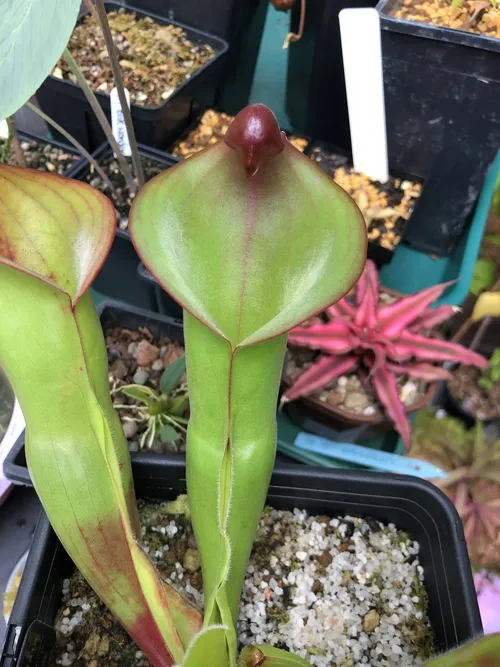 04 Heliamphora folliculata x neblinae
04 Heliamphora folliculata x neblinae 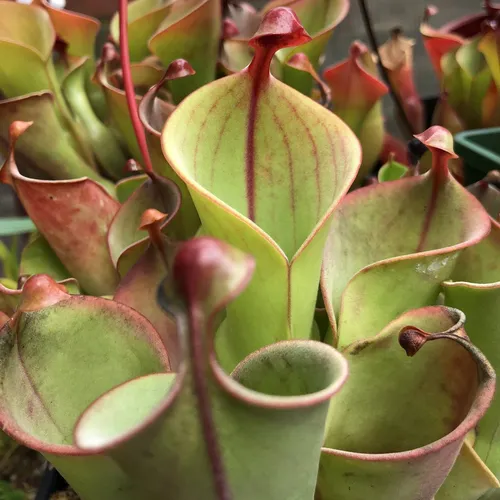 05 Heliamphora minor x heterodoxa
05 Heliamphora minor x heterodoxa 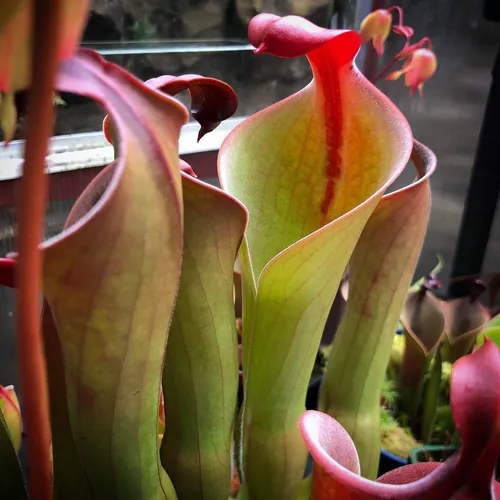 06 Heliamphora neblinae cerro neblina
06 Heliamphora neblinae cerro neblina 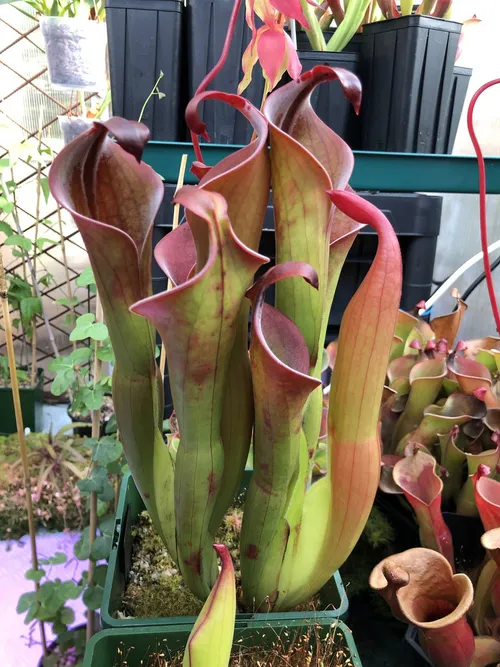 07 Heliamphora neblinae cerro neblina
07 Heliamphora neblinae cerro neblina 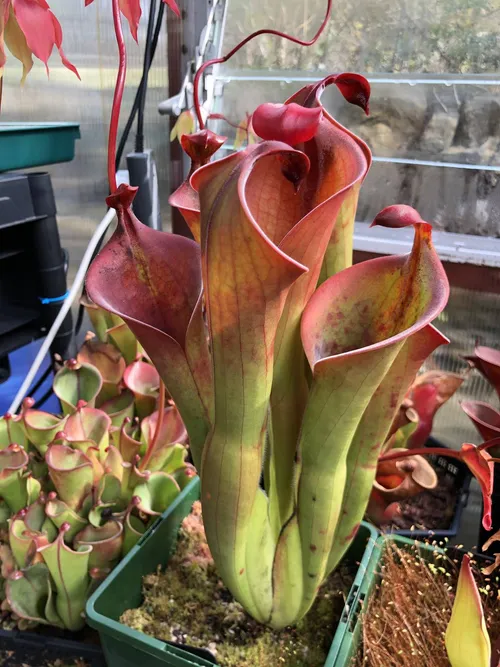 08 Heliamphora neblinae cerro neblina
08 Heliamphora neblinae cerro neblina 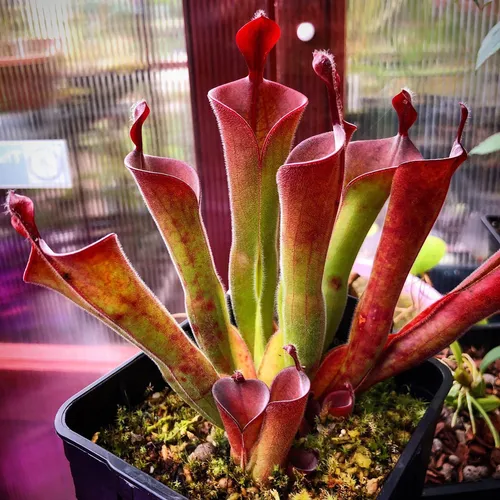 09 Heliamphora parva clone 08:03 AW
09 Heliamphora parva clone 08:03 AW 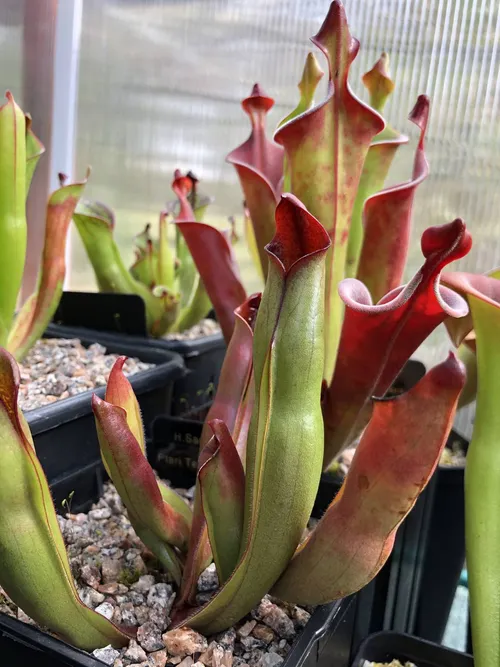 10 Heliamphora sarracenioides
10 Heliamphora sarracenioides 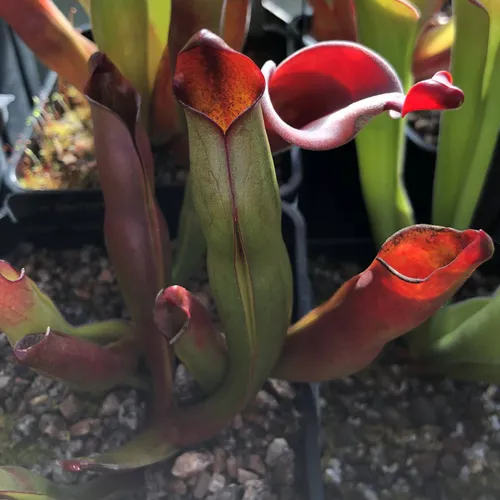 11 Heliamphora sarracenioides
11 Heliamphora sarracenioides 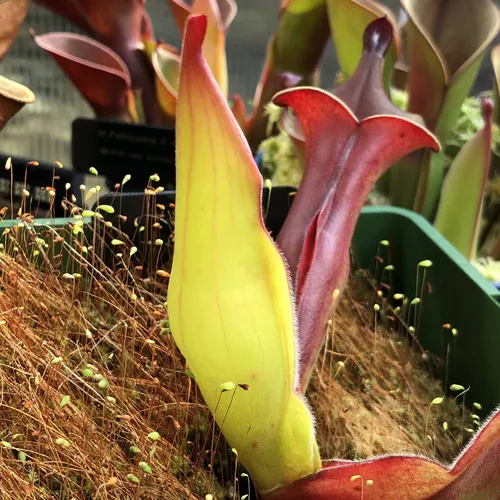 12 Heliamphora sp. Akopan
12 Heliamphora sp. Akopan 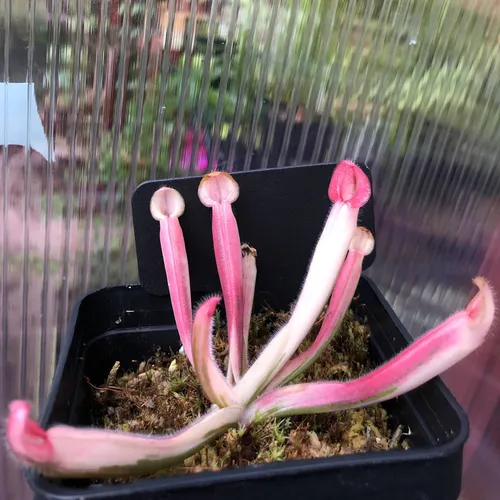 13 Heliamphora ’flamingo’ AW
13 Heliamphora ’flamingo’ AW 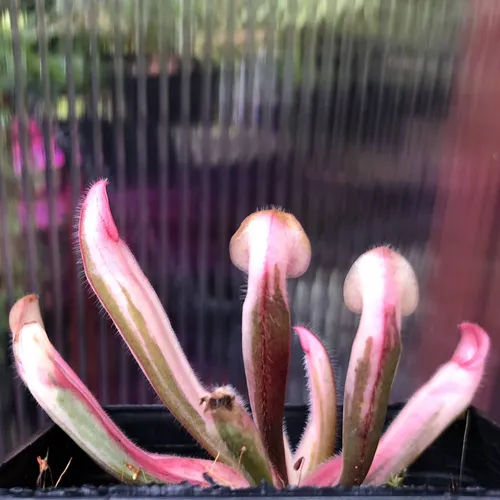 14 Heliamphora ’flamingo’ AW
14 Heliamphora ’flamingo’ AW 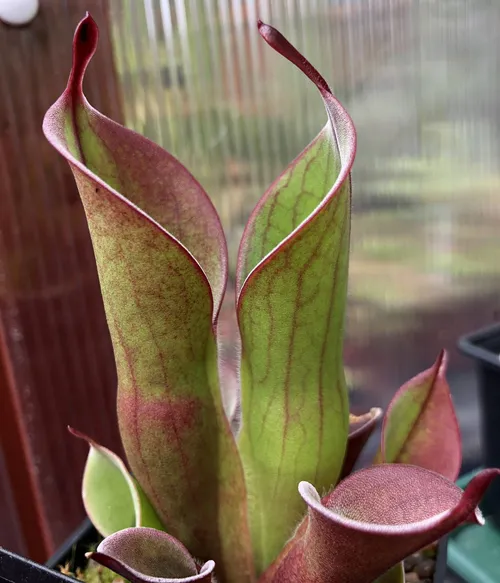 15 Heliamphora ’spiderweb’
15 Heliamphora ’spiderweb’ My current passion though is Heliamphora - I believe them to be the most elegant, beautiful and elusive of all cultivated carnivores. From their form to their natural habitat, everything about them is intriguing and stunning. I’m very hopeful and excited to see if any new species are still awaiting discovery on those mysterious tabletop mountains. I also love seeing and hearing about new hybrids - Andreas Wistuba and Maciej Stelmach have produced some really gorgeous plants which give me so much joy to grow, I can’t thank them enough.
Do you have any plans to produce your own crosses? Either way, what kinds of crosses do you enjoy?
I am currently working on a few of my own Heliamphora hybrids including H. sarracenioides x (minor x heterodoxa) and H. neblinae x (minor x heterodoxa). I did manage to get seeds from a sarracenioides x tatei cross, however unfortunately there was 0% germination which was rather disappointing. Next season I aim to make a number of exciting new Heliamphora crosses!
I used to be a complete species purist, but hybrids like N. burbidgeae x edwardsiana and D. ‘Andromeda’ managed to make me realise that hybrids bring a whole new dimension of fun to the hobby. For Nepenthes, the classics such as N. hamata, N. lowii, N. edwardsiana, and N. truncata are definitely my favourite plants to see in hybridisation (I’ll buy almost anything with N. burbidgeae in it!), but some other weird and wonderful hybrids also intrigue me such as N. x cincta (N. albomarginata x northiana) which I’m still trying to hunt down.
What do you grow in your bog garden? I saw the Pinguicula grandiflora on your Facebook page, which were looking lovely!
Thank you very much! I was actually shocked by the display the Pinguicula put on - they’ve never flowered anything like that for me in the greenhouse. Currently I grow:
- Pinguicula grandiflora (various locations)
- Pinguicula x scullyi
- Dionaea muscipula ‘Red Dentate’, ‘B52’ and typical
- Drosera capensis
- Drosera capensis ‘albino’
- Sarracenia flava
- Sarracenia purpurea
- Sarracenia x catesbaei
- Stylidium debile
Click on any photo to zoom in. Use arrow keys or swipe to navigate.
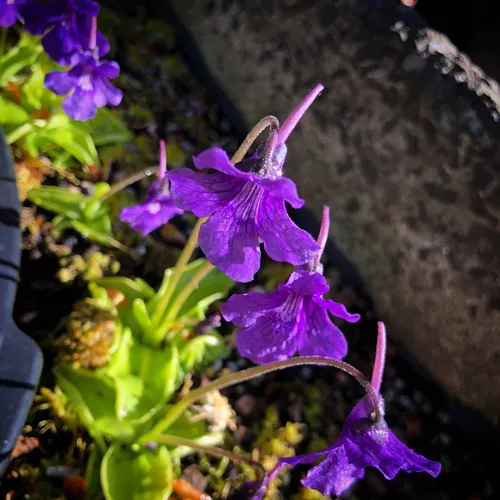 01 Pinguicula grandiflora
01 Pinguicula grandiflora 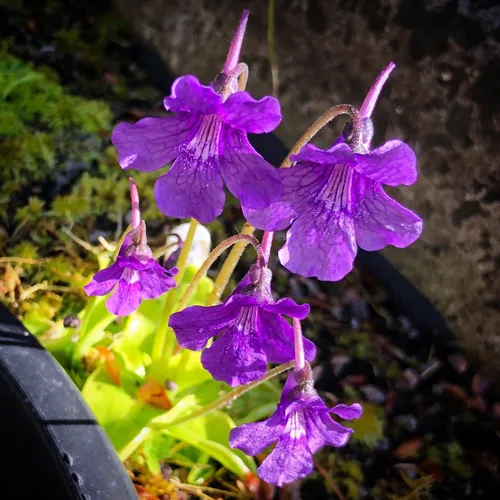 02 Pinguicula grandiflora
02 Pinguicula grandiflora 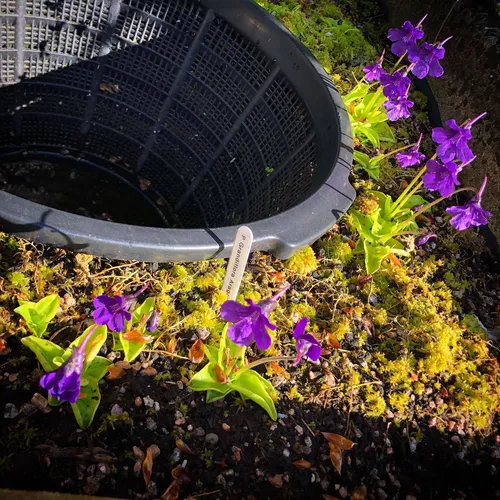 03 Pinguicula grandiflora
03 Pinguicula grandiflora 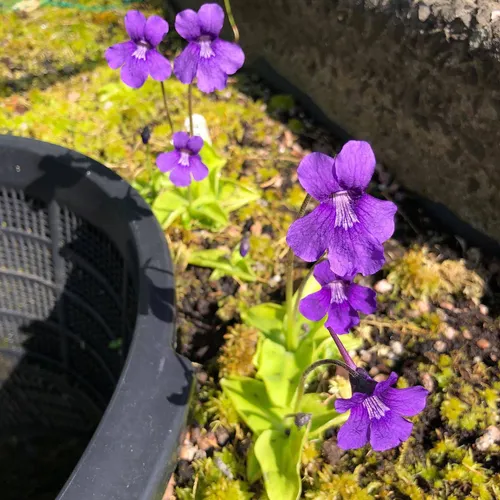 04 Pinguicula grandiflora
04 Pinguicula grandiflora This summer I will be planting many more species and hybrids - last year I tried twice with Darlingtonia and both times the plants collapsed, but I will not give up!
I saw on Instagram that Alba is going to be on TV this month! When is that going to air?
Yes! Last week I had the absolute pleasure of being visited by Beechgrove so they could film a short section about me and my plants. I took Kirsty Wilson on a tour of each of my greenhouses and explained which plants I grow and how they all function.
They were actually so enamoured with the whole garden that my Mum even got a part talking about her plants, which was lovely. The programme will also feature my biggest Nepenthes pitcher to-date, so watch out for that! It will be aired at 8pm on Thursday the 25th of July on BBC Scotland. Afterwards it will also be available to watch online on BBC iPlayer.
Big question, but do you have any thoughts on how hobbyists can help stop poaching and any other practices you’d consider to be major threats to conservation and the biodiversity of CP habitats?
Stop buying poached plants. It’s very simple economics - no demand, no poaching. I also highly recommend reporting poachers to group admins of social media groups, and if you share a country with a poacher - report them to the local authorities. Introducing invasive species is a dreadful practice as well that can majorly impact delicate ecosystems.
Finally: what’s a plant you’re particularly enjoying right now? Why do you like it and what’s it like to grow?
Without doubt, Heliamphora macdonaldae. It is unquestionably the most beautiful Heliamphora there is. Every day that I go in the greenhouse and look at that plant, I still can not quite believe it is in my collection - it is a species I have lusted after ever since seeing a photo of one in Stewart McPherson’s Pitcher Plants Of The Americas.
Click on any photo to zoom in. Use arrow keys or swipe to navigate.
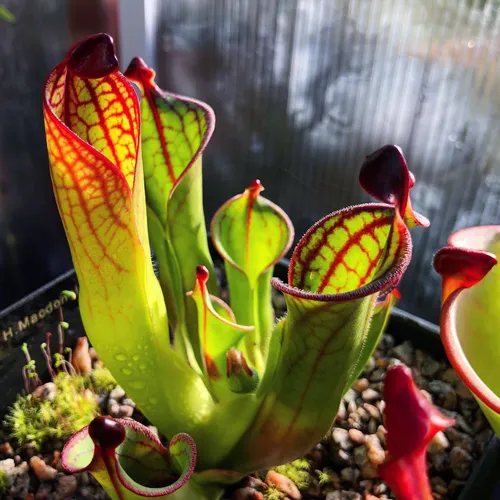 01 Heliamphora macdonaldae AW
01 Heliamphora macdonaldae AW 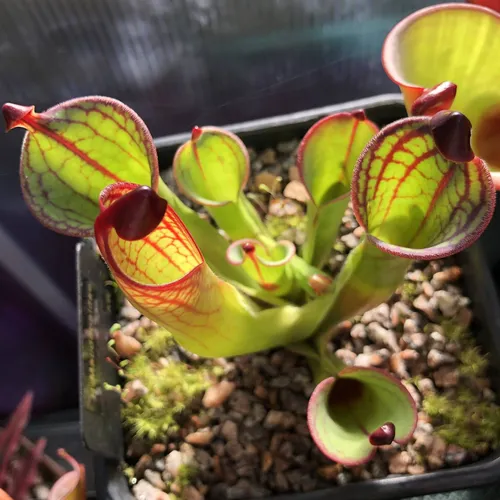 02 Heliamphora macdonaldae AW
02 Heliamphora macdonaldae AW 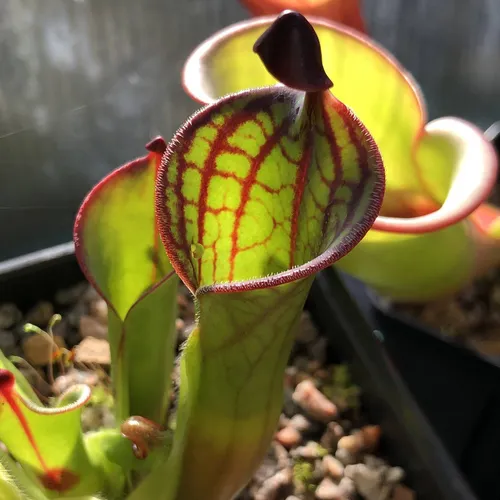 03 Heliamphora macdonaldae AW
03 Heliamphora macdonaldae AW 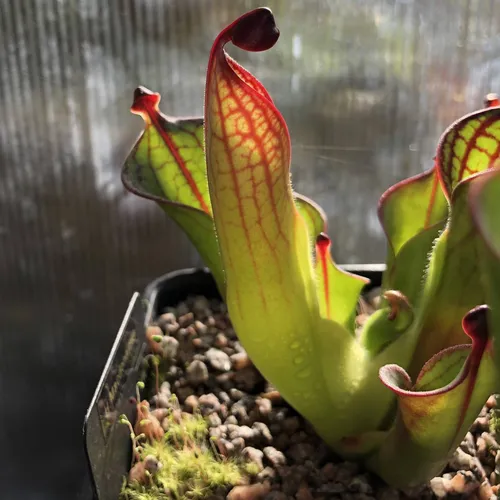 04 Heliamphora macdonaldae AW
04 Heliamphora macdonaldae AW What’s more, unlike Drosera magnifica (which is perhaps the least tolerant and most unforgiving plant I have ever grown), Heliamphora macdonaldae wants for very little, and grows just as vigorously (if not more so) than H. ‘Midoxa’. I am very much looking forward to seeing what hybrid vigour can be passed on in future crosses.
Many thanks to David for taking the time to speak with me and for sharing photos of his collection. Be sure to follow Alba Exotics on Instagram for more shots from the nursery, and check out the Alba’s Facebook page if you’d like to attend an open day.
